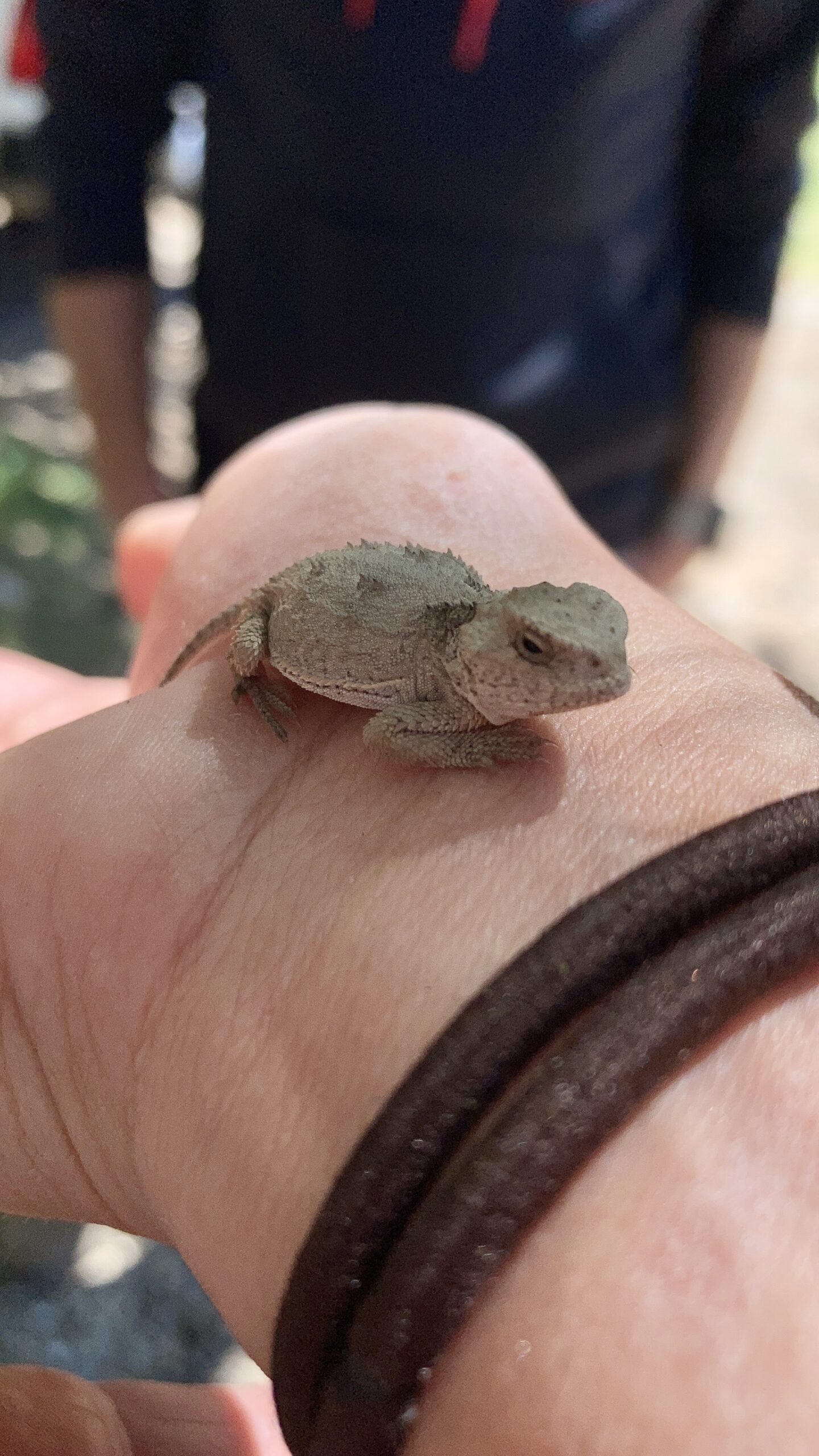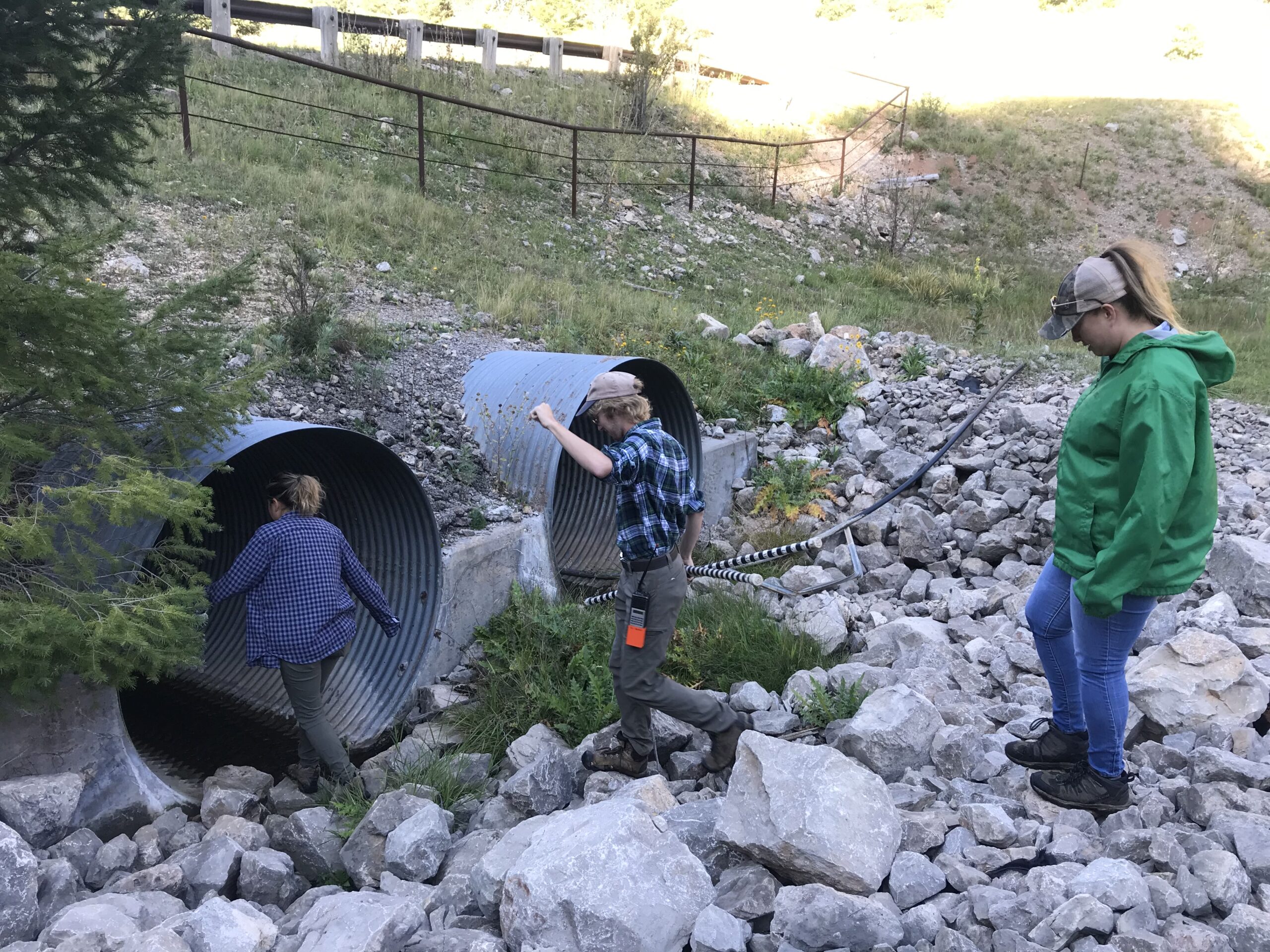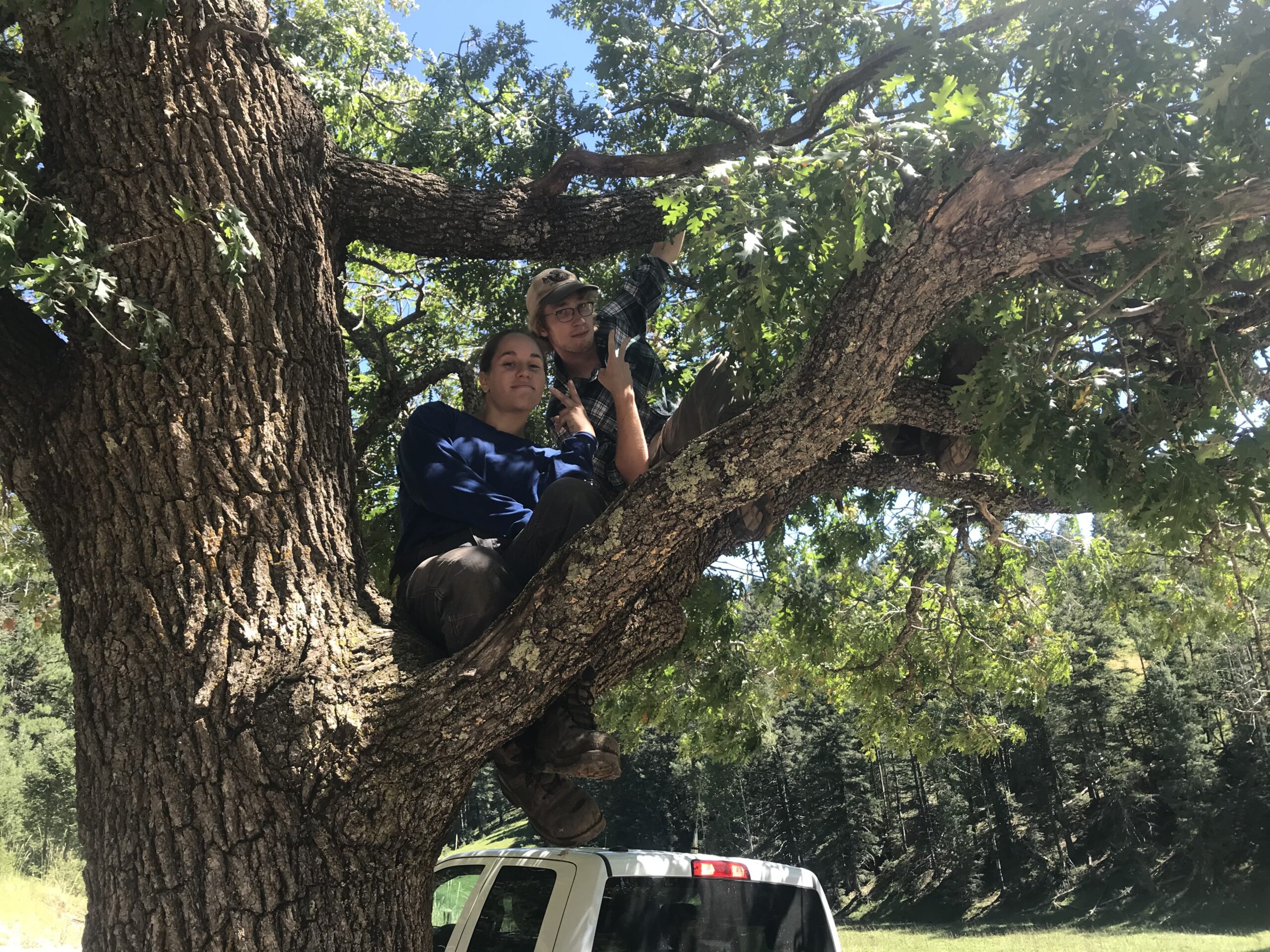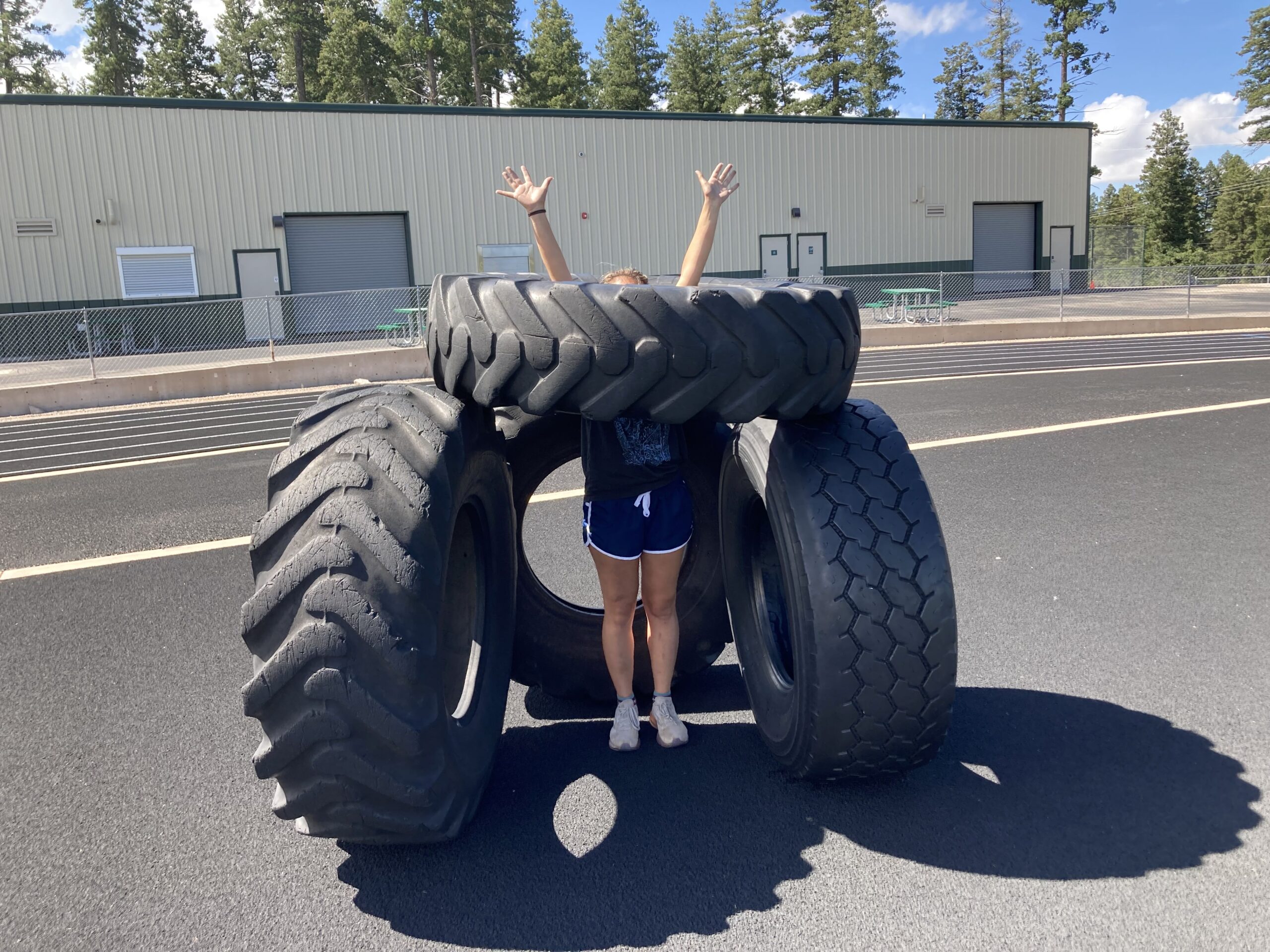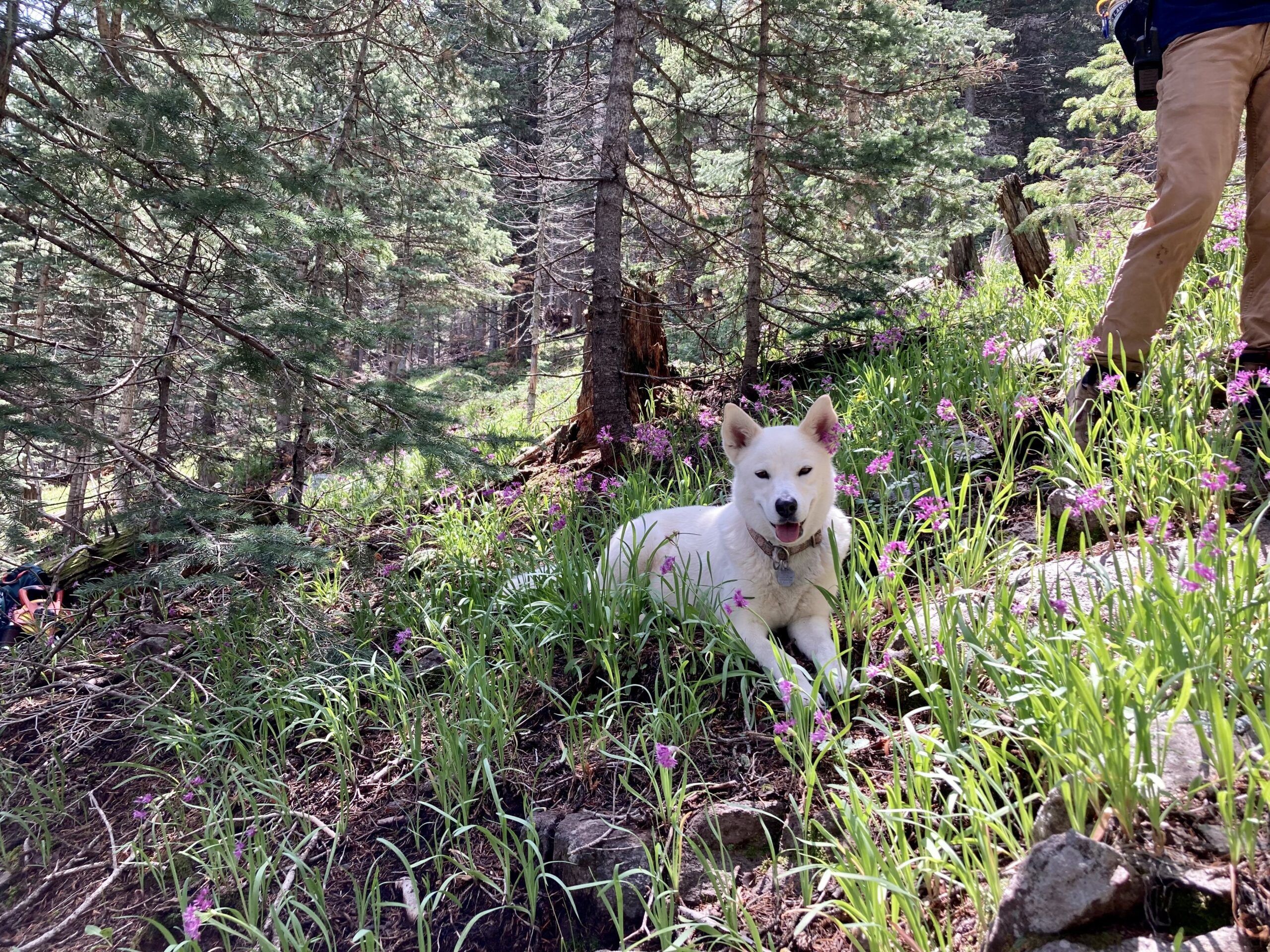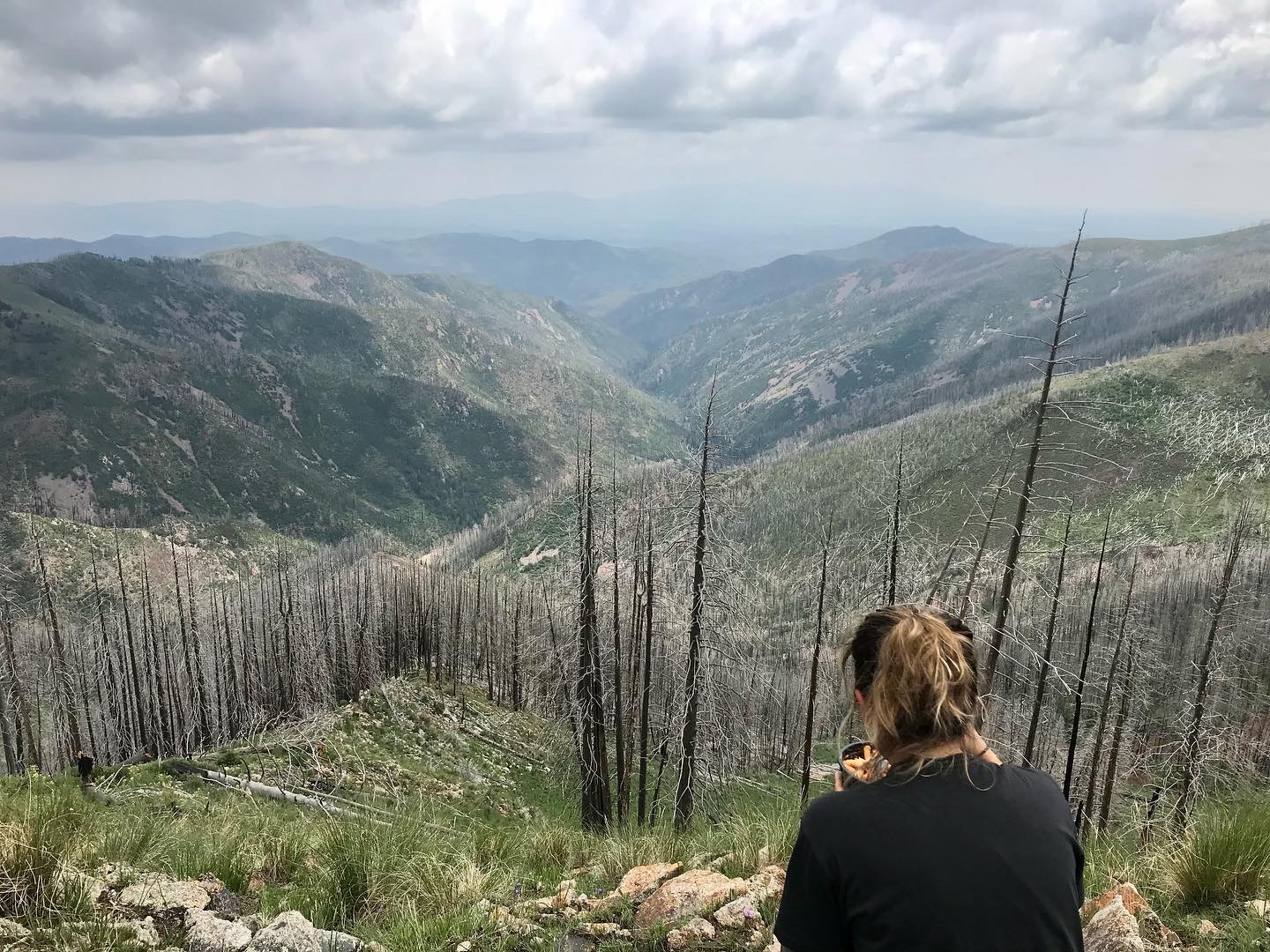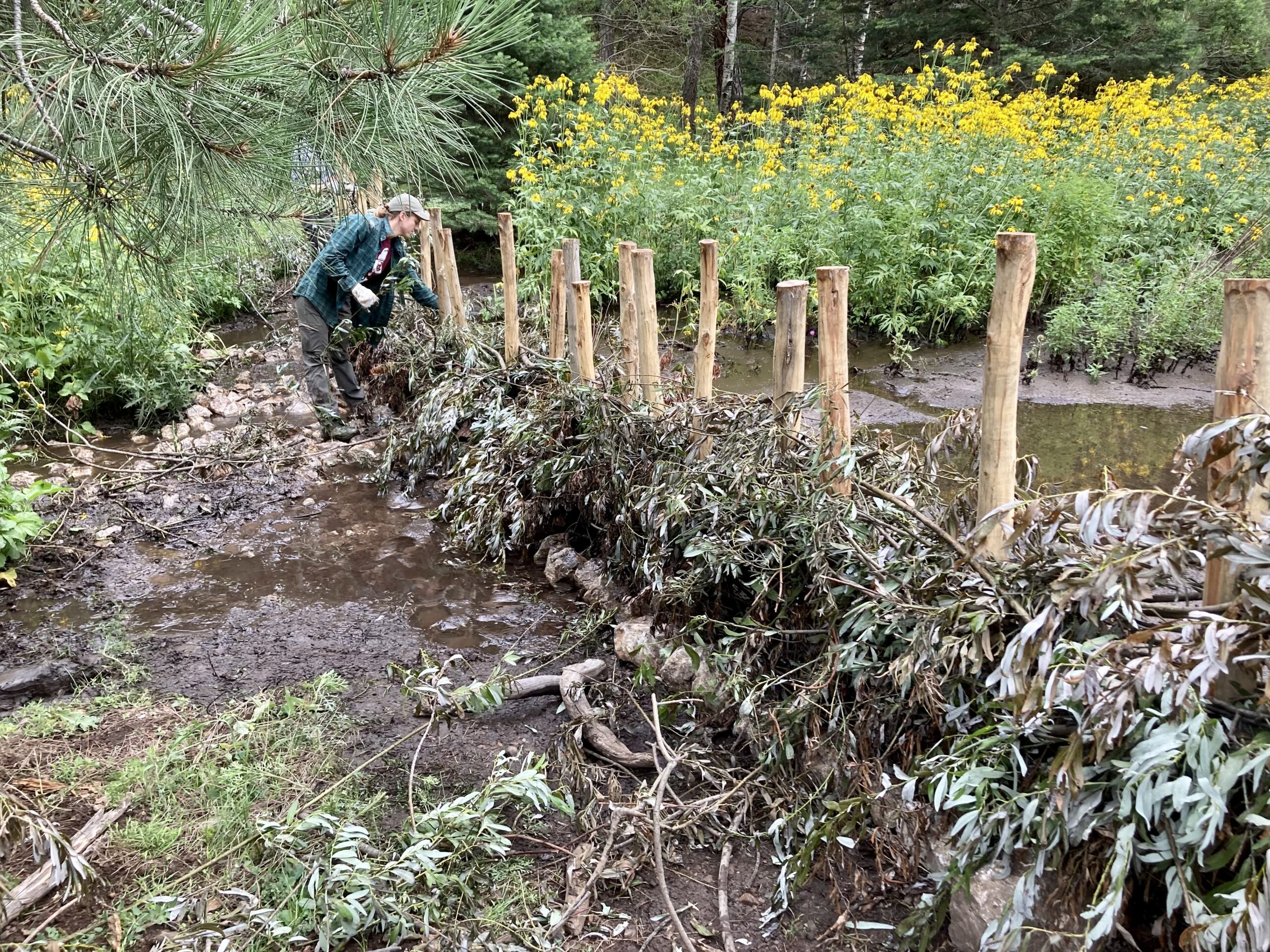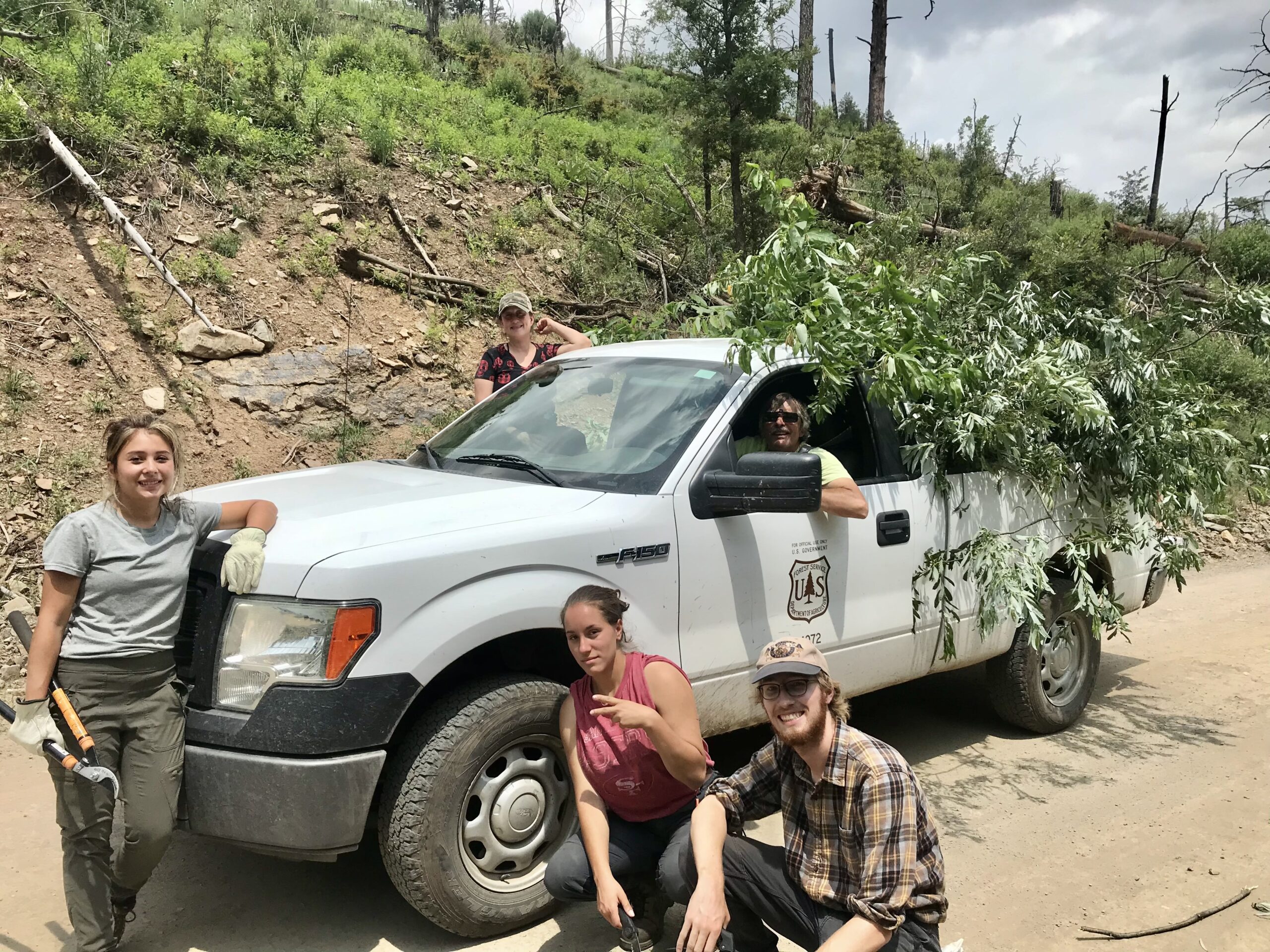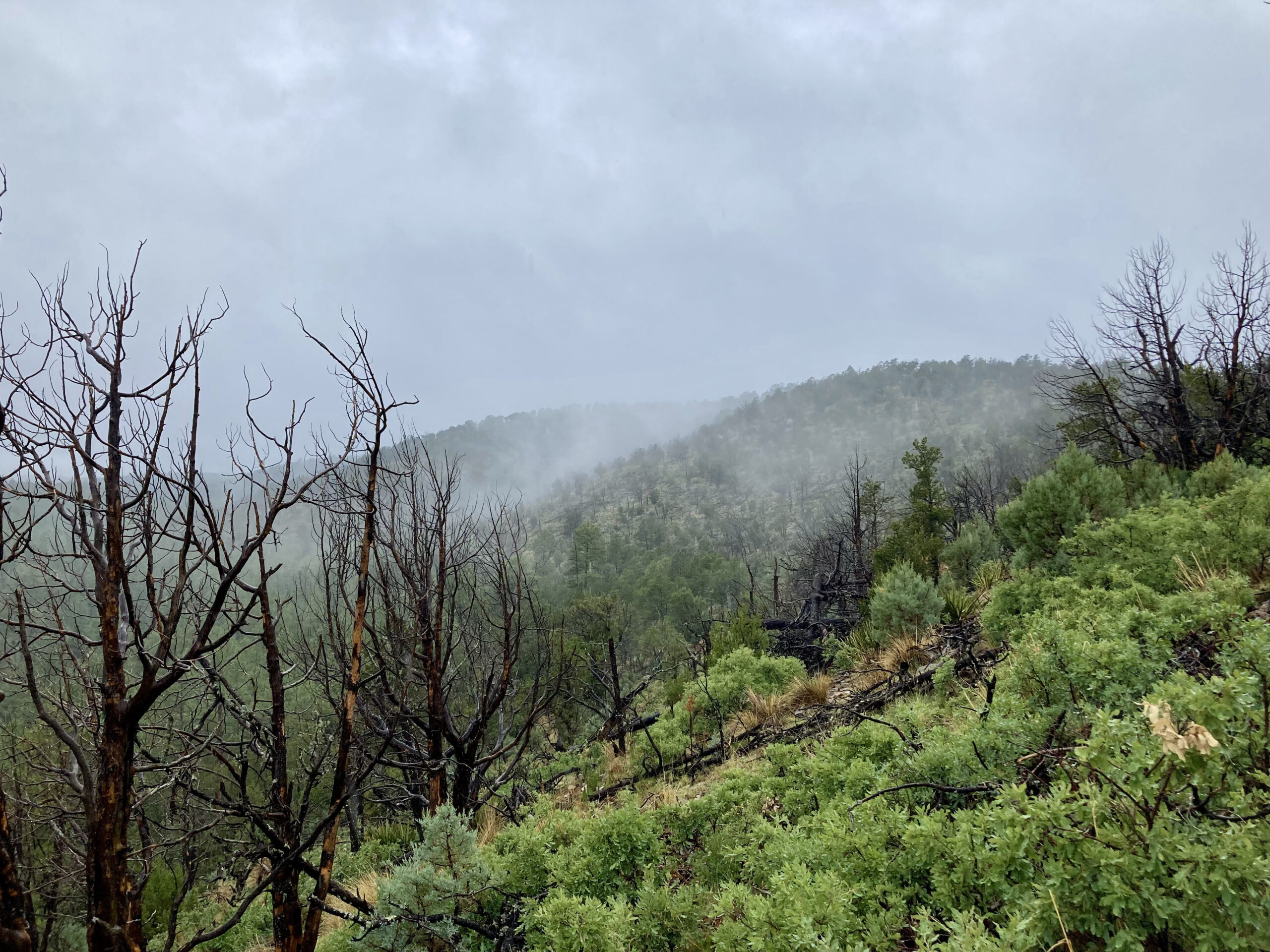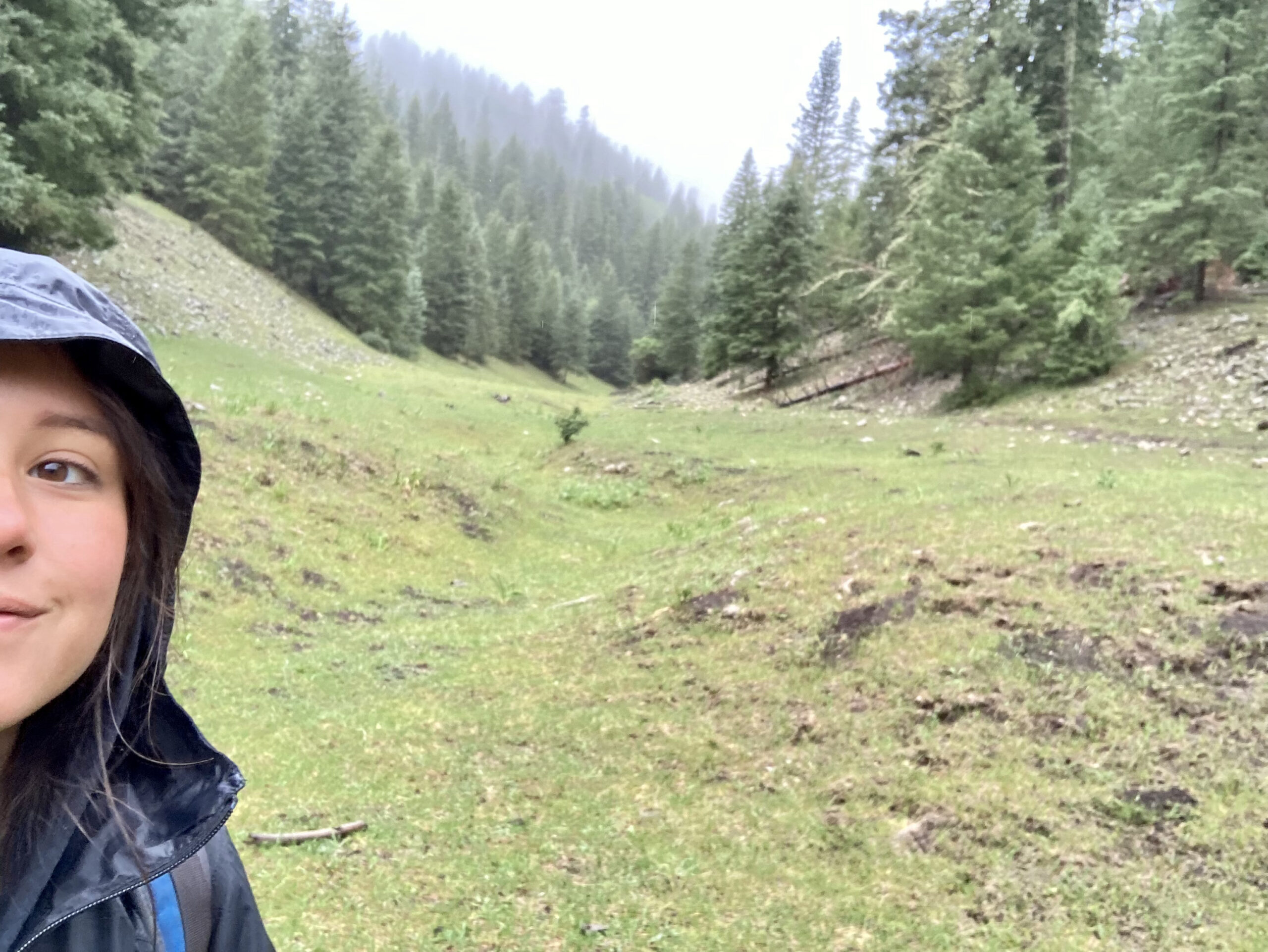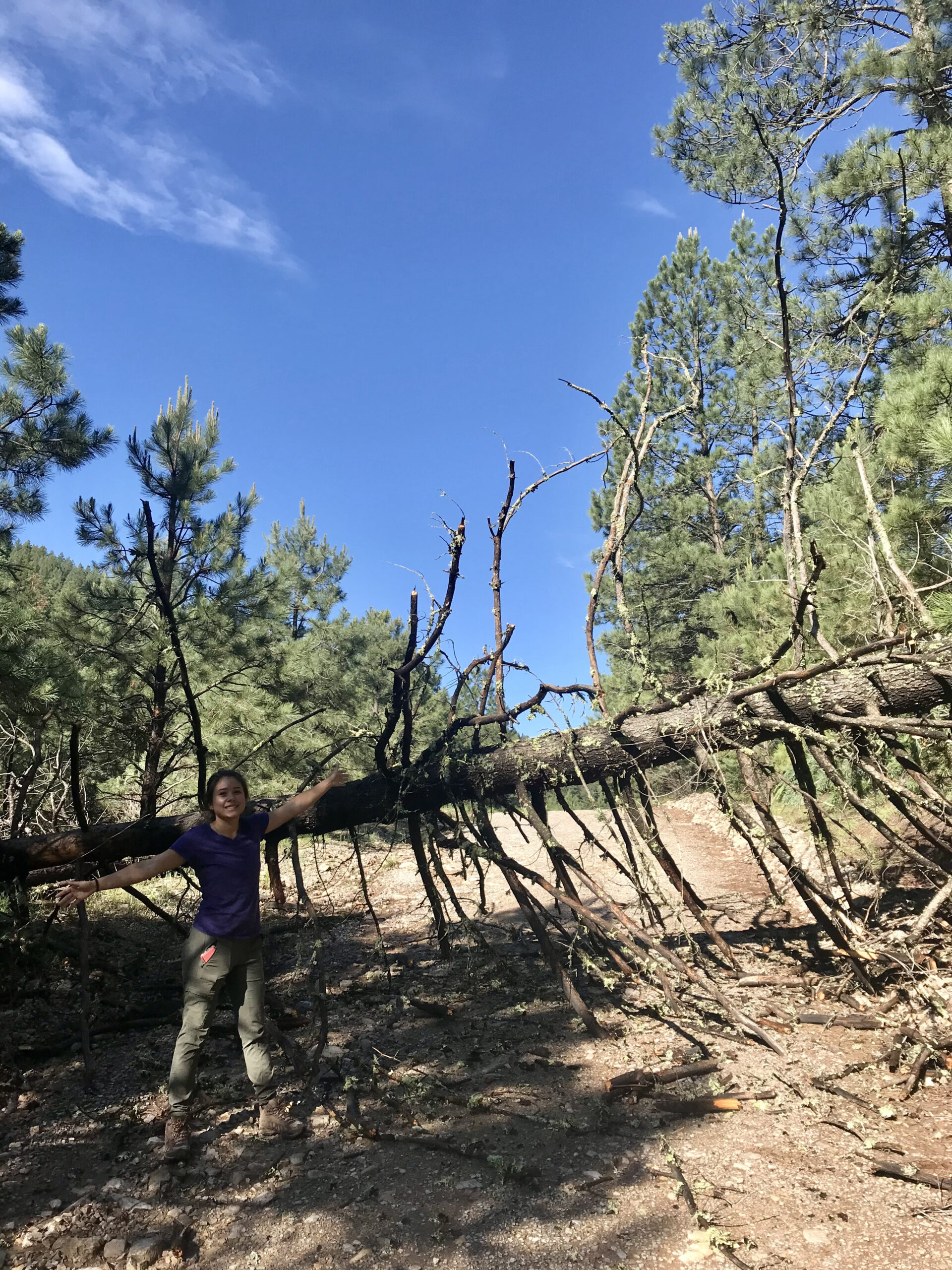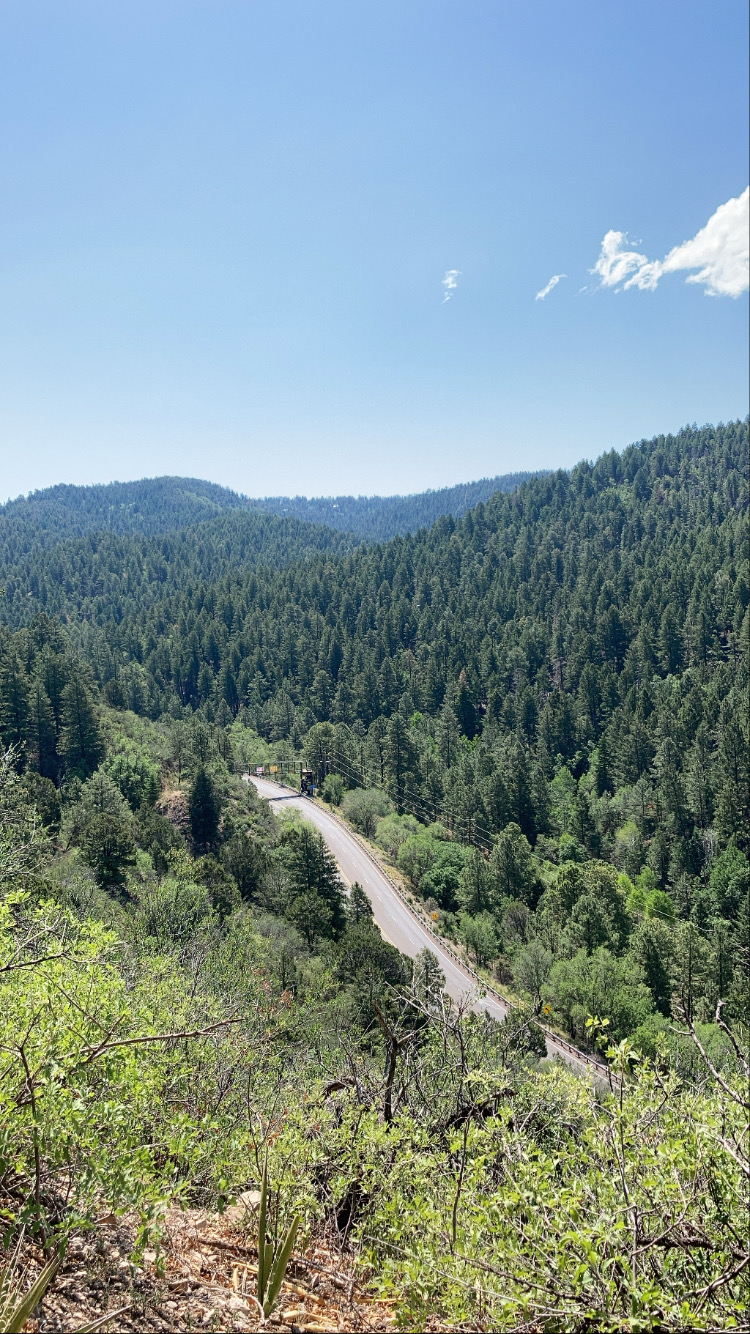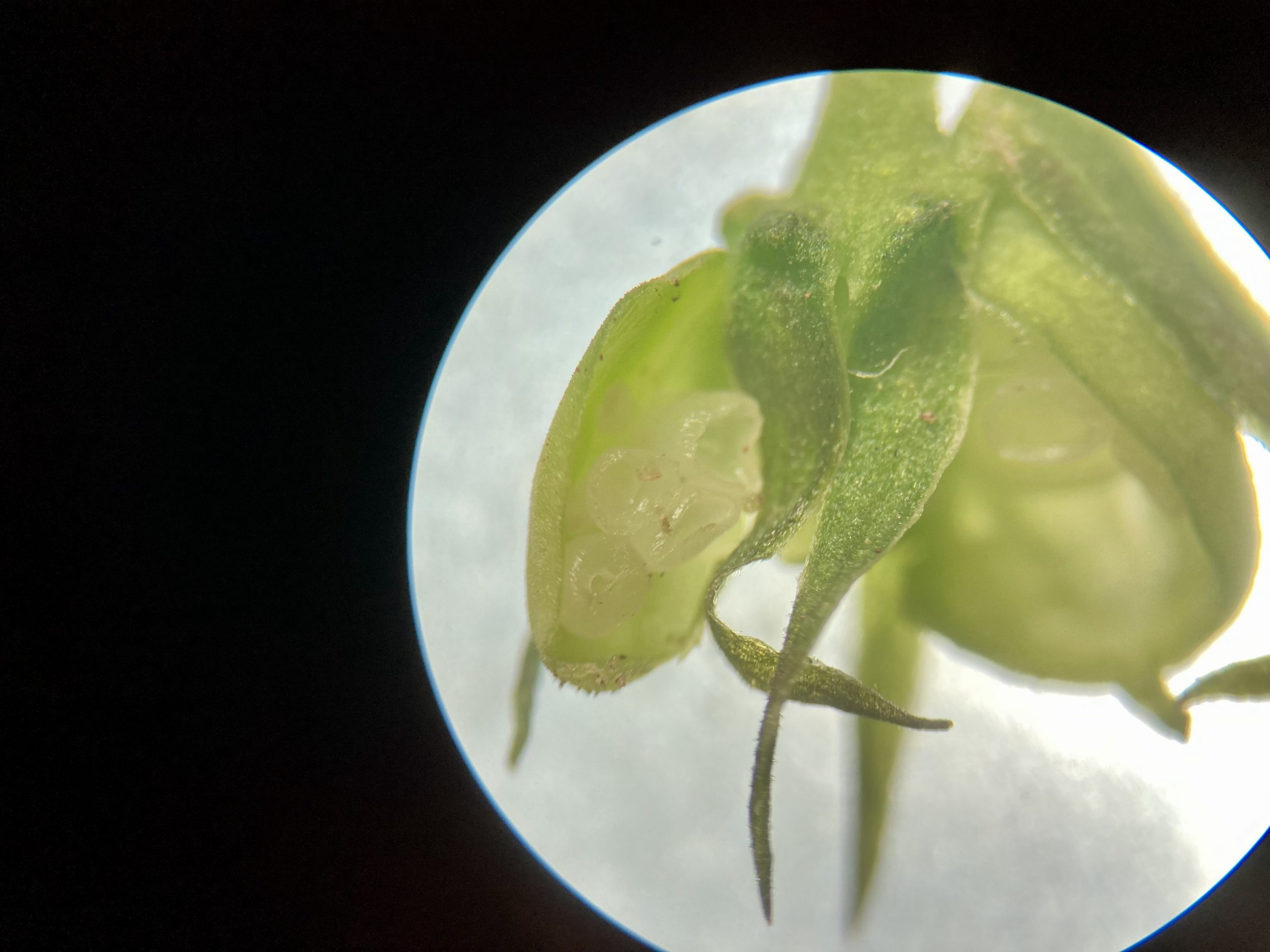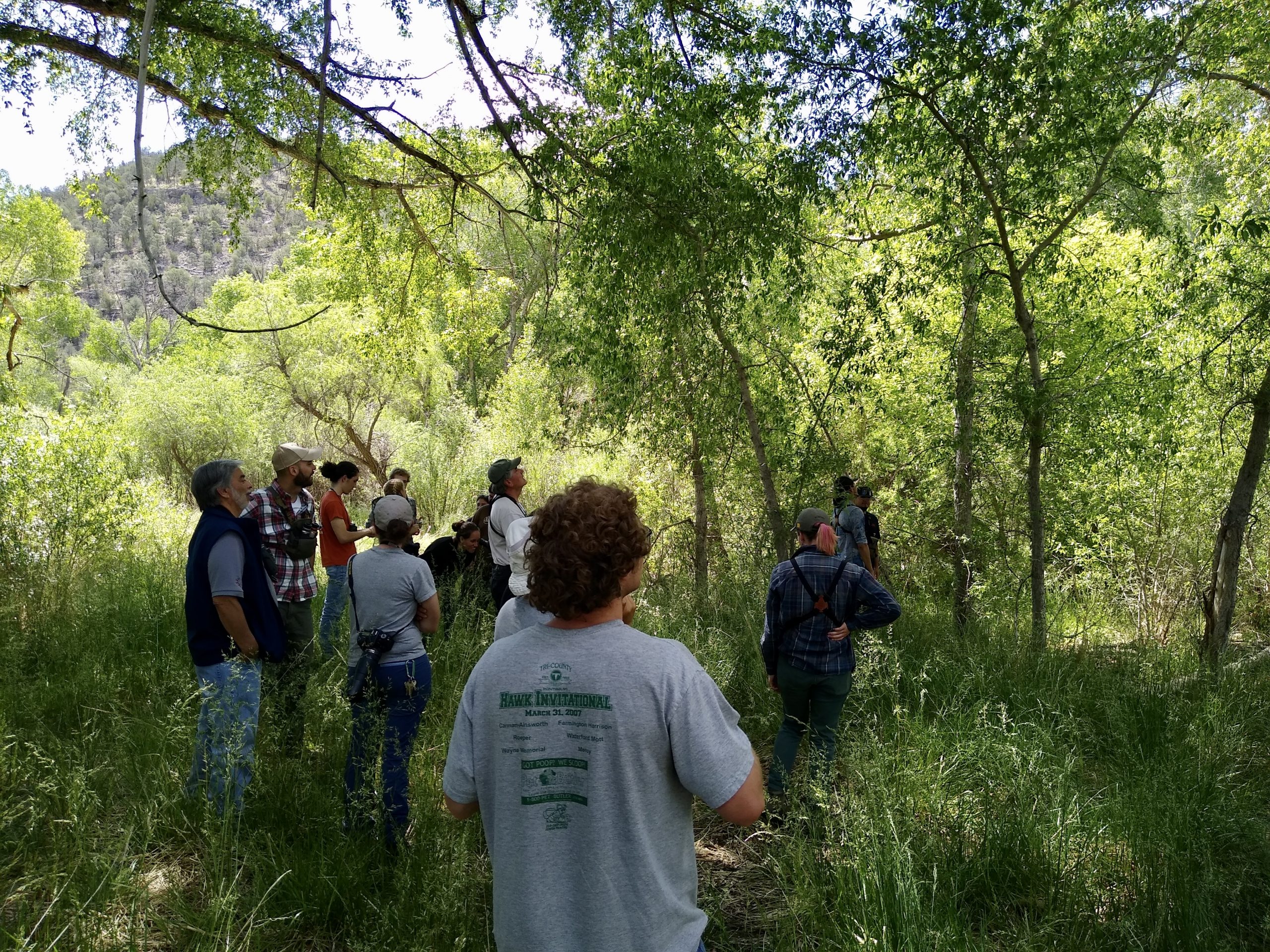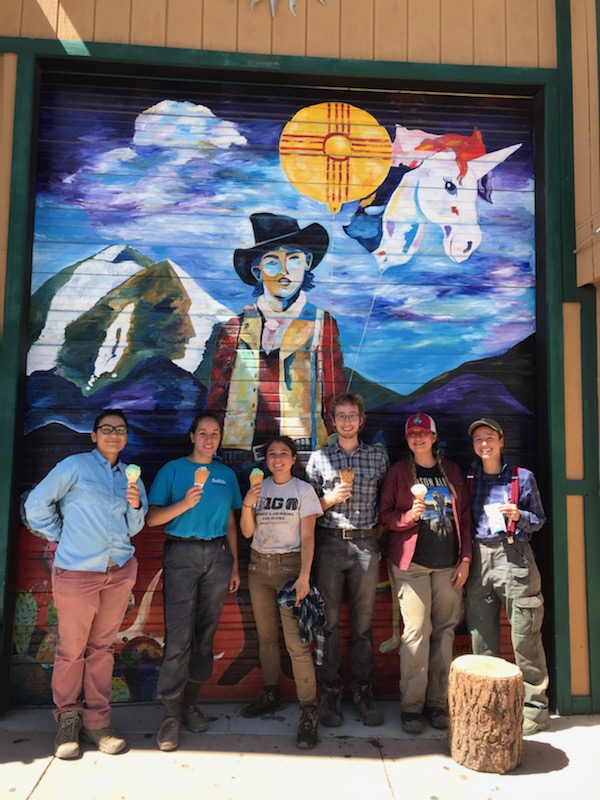A slow but consistent exodus has been occurring in the Lincoln, as the markers of fall have begun arriving and summer comes to an end. Several times an hour the high and strained call of an elk bugle will pierce the air, and the nights down in the desert have called for closed windows and warm blankets. It seems like every day is another seasonal’s last day, and our crew has dwindled down to a handful of people. Some are road tripping, moving on to their next job, or traveling back home. The last few weeks have definitely been busy as we’ve finished the work left for us in the forest!
Currently we’re just finishing up our last bits of botany surveying. While we haven’t found any rare plants actually in our survey areas, we did accidentally find a robust population of Wooton’s Hawthorn (Crataegus wootoniana) one day earlier in the season! During one of our Mexican Spotted Owl habitat monitoring days, we sat down in the shade for lunch and noticed the branch right next to one of our crew, Joe’s, face was that of a hawthorn branch! We recently traveled back to the location to check and get an estimate of the population, and there were definitely at least several hundred!

Some other work we’ve recently been doing is helping out with seed collection of Goodding’s Onion (Allium gooddingii) for long-term storage, or seed banking. The seeds will first be sent to the Arboretum at Flagstaff in Arizona (which is a neat little place that does some cool botanical projects- definitely check them out!) and then to the National Laboratory for Genetic Resource Preservation in Fort Collins, Colorado. Collection involves hiking out to known populations that are currently seeding, and collecting a specified percentage of the population depending on the area. We were able to collect a large number of seeds, which hopefully will help out with future research!

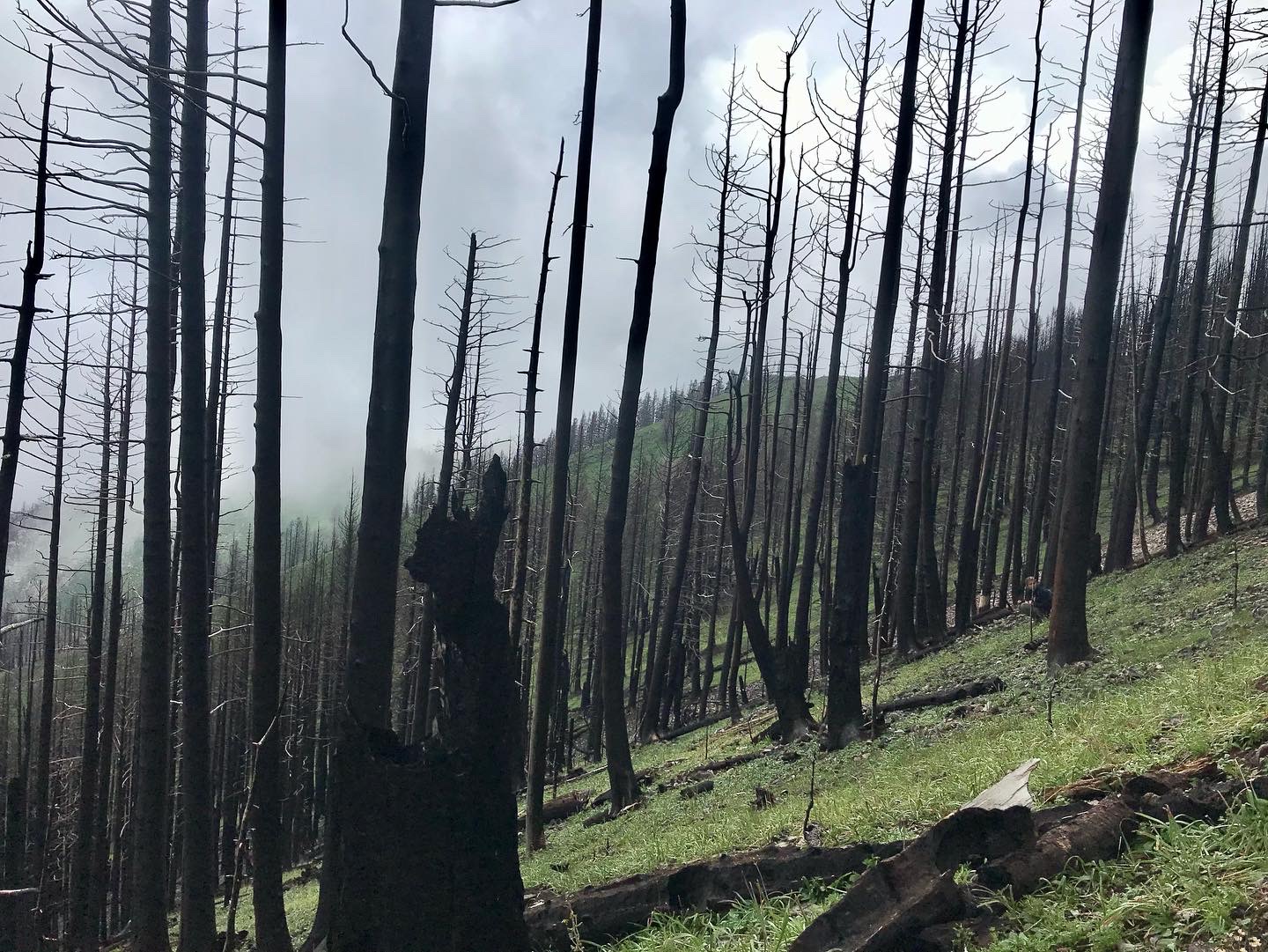
In other office news, we did gain a new crew member! Miss Malaxis (named after the orchid genus that we’ve been seeing a good amount of in our surveys) has been appearing often in front of our district office. There’s an ongoing debate on whether Miss Malaxis is a male or female, but the name will remain regardless. They’re extremely affectionate, sweet, and loves climbing the trees outside the office! If I wasn’t traveling so often and didn’t already have three cats at my home in Indiana, I for sure would just take Miss Malaxis with me!
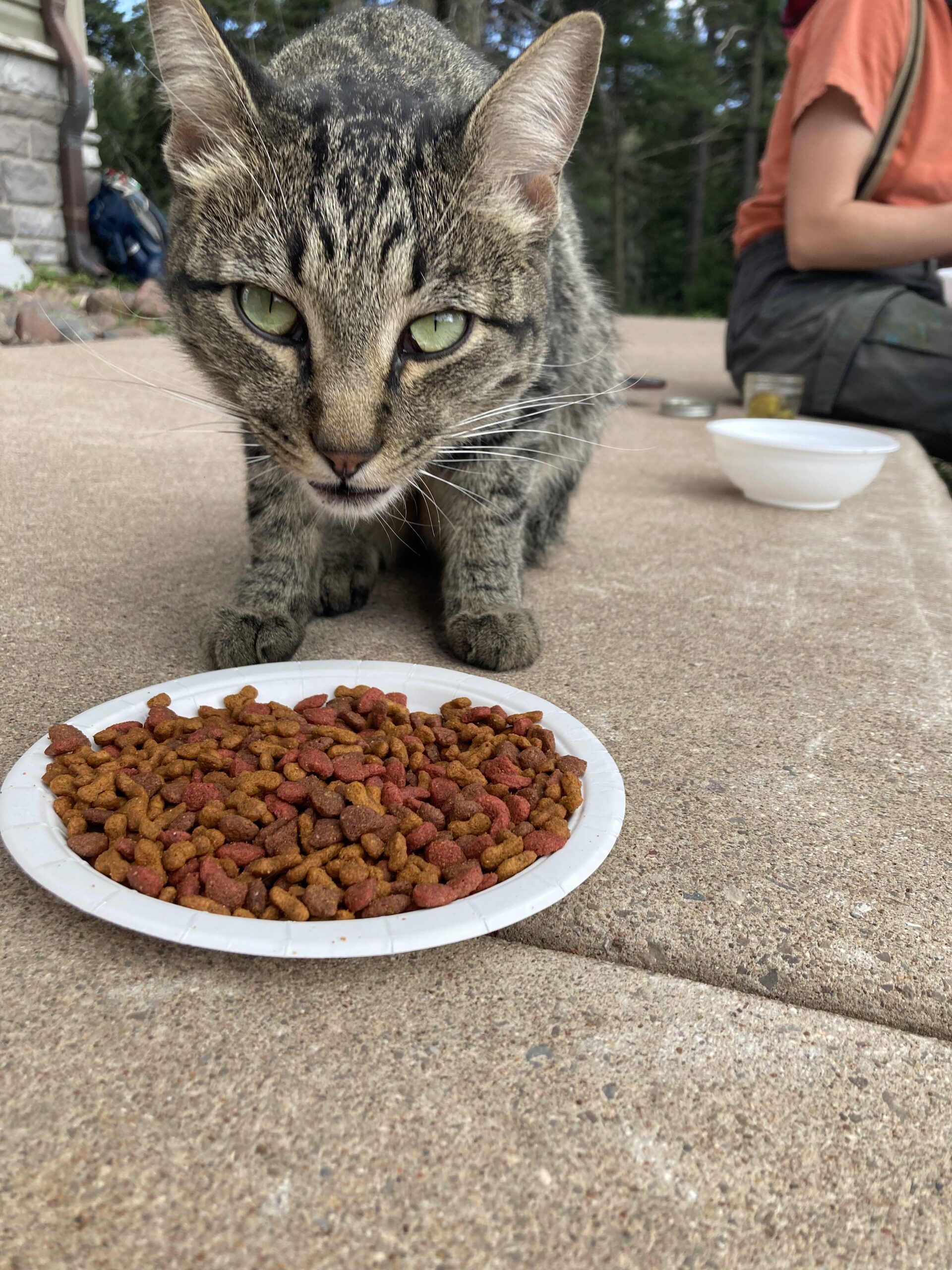

Besides Miss Malaxis, this season has been full of other fun finds! I think my time here in the Lincoln was made 100x better by the fact that our entire crew was awesome. I definitely was concerned about coming out to the NM desert in a small military town, knowing no one, and wondering how I would fill up my free time after coming from an environment of living with 5-20 other people! As it turns out, the environmental field is a small world, and I actually knew people from ACE working in the same forest- besides that, our crew and the other seasonal crews (wildlife, trails, etc.) often got together outside of work for exercise, hanging out, and other fun times. It was great having a network of people to explore NM with, as most of the others were also from all over the country as well. I am extremely appreciative of how welcoming everyone was! NM itself is also a really neat state, with lots of opportunity for hiking and adventures (when it’s not too hot out!). I saw my first wild bear in the Carson NF, and I’ve now been to the tallest point in both AZ (Humphrey’s) and NM (Wheeler)- my next goal is doing a 14er in Colorado!
Working in the Lincoln has been a great first-time Forest Service experience, made all the better by our awesome botanist, Aurora, and other supervisors Jen and Pete, who we helped with their projects. I definitely want to say thanks for making this internship such a good time! As for my future plans, I’ve got many applications in with the Forest Service for next spring, and am definitely hoping to get another season in. While COVID has made doing grad school a concern for me (I really don’t want to do an essentially virtual master’s), I am in communication with a couple potential advisors- we’ll see where the next few months take me! When I leave here in a few days, I’ll be heading up north to Colorado for some solo hiking and camping, and then heading over to Flagstaff to visit friends and scope out NAU’s programs. In November I’ll probably be heading to IN, since it’s been almost a year since I’ve been back. I’ll be signing off here with a little photo dump of my last few weeks in NM! Thanks for reading!
